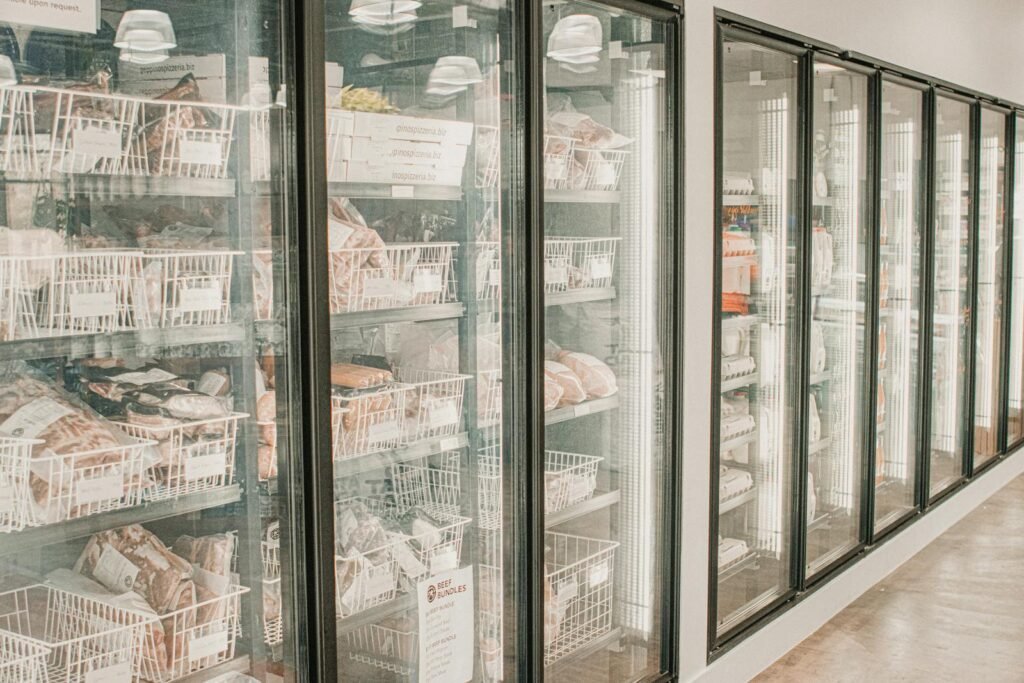The hum of refrigerators is so constant in our daily lives that we barely notice it. Yet that background buzz is the heartbeat of modern civilization. Imagine a world where fresh milk curdles in hours, life-saving vaccines lose their potency, and food spoils before it hits your table. This is not just a dystopian fantasy—it’s the reality humanity faced for thousands of years. Today, the marvel of refrigeration quietly shapes our survival, health, and comfort. But what if the system we trust so deeply is more vulnerable than we think? Let’s pull back the door on the fridge and peek inside the story of how refrigeration became the unsung hero of our world—and why its future hangs in a delicate balance.
The Hidden Power Behind Freshness
Open any supermarket fridge and you’re looking at a miracle. Refrigeration slows down the relentless march of bacteria, yeast, and mold, giving us days and even weeks to enjoy food that would otherwise rot in a matter of hours. This isn’t just about convenience; it’s a fundamental shift in how humans eat and survive. With refrigeration, strawberries from another continent, fish caught yesterday, and milk from a distant farm can all share space on your dinner table. This invisible process underpins modern food logistics, making global trade and year-round diets possible. The simple act of cooling has transformed not just what we eat, but how we live.
A Revolution in Health and Medicine
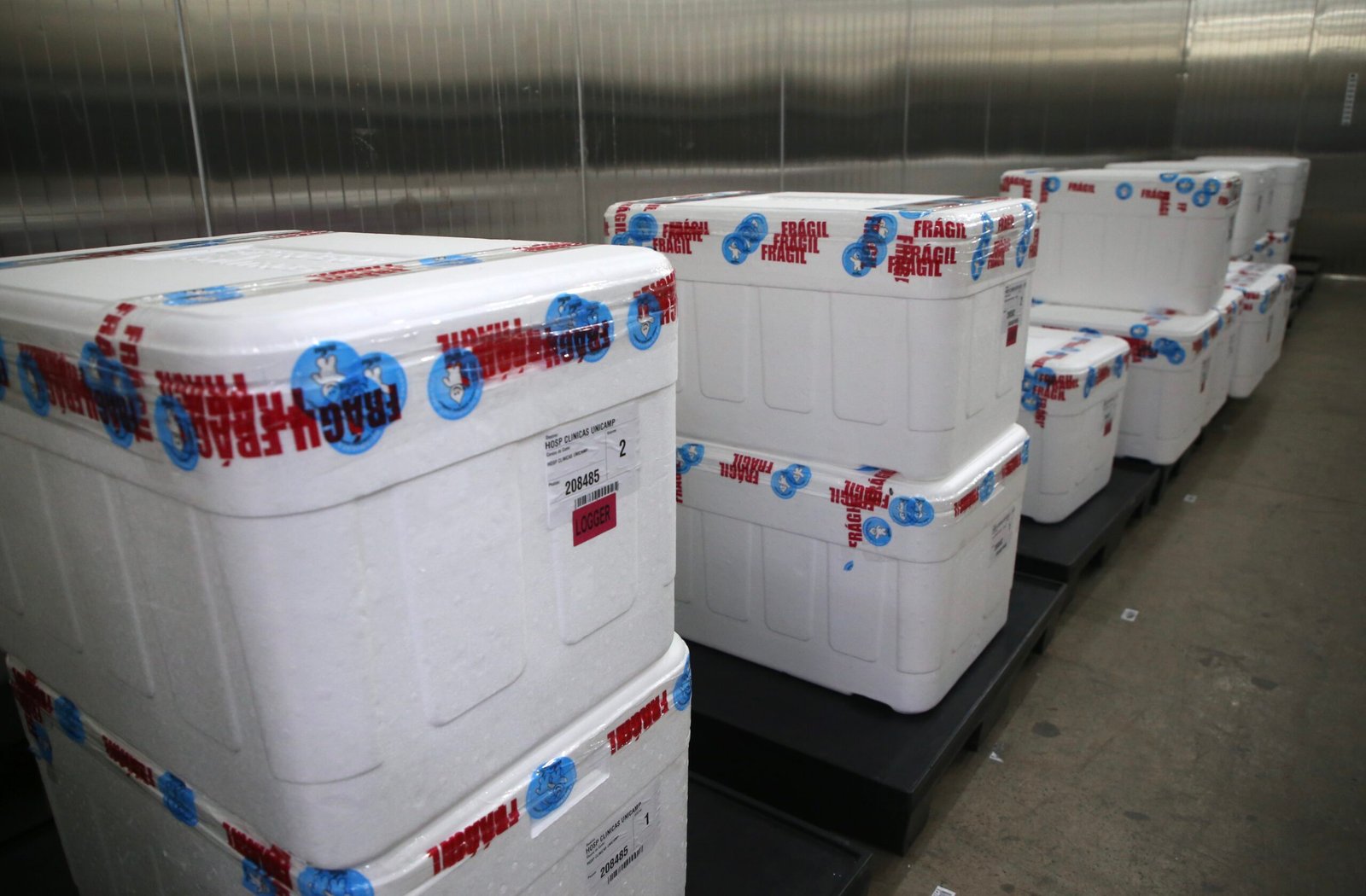
The impact of refrigeration goes far beyond food. Vaccines, blood, insulin, and countless other medicines rely on the “cold chain”—an uninterrupted series of refrigerated storage and transport steps. Without it, life-saving treatments would degrade into uselessness before reaching those in need. Hospitals and clinics around the world depend on reliable cooling to preserve medical supplies and prevent dangerous bacterial growth. In this way, refrigeration has become a silent sentinel standing guard over global public health. Its absence would turn back the clock on medical progress, putting millions at risk.
Feeding Billions: The Backbone of Food Security
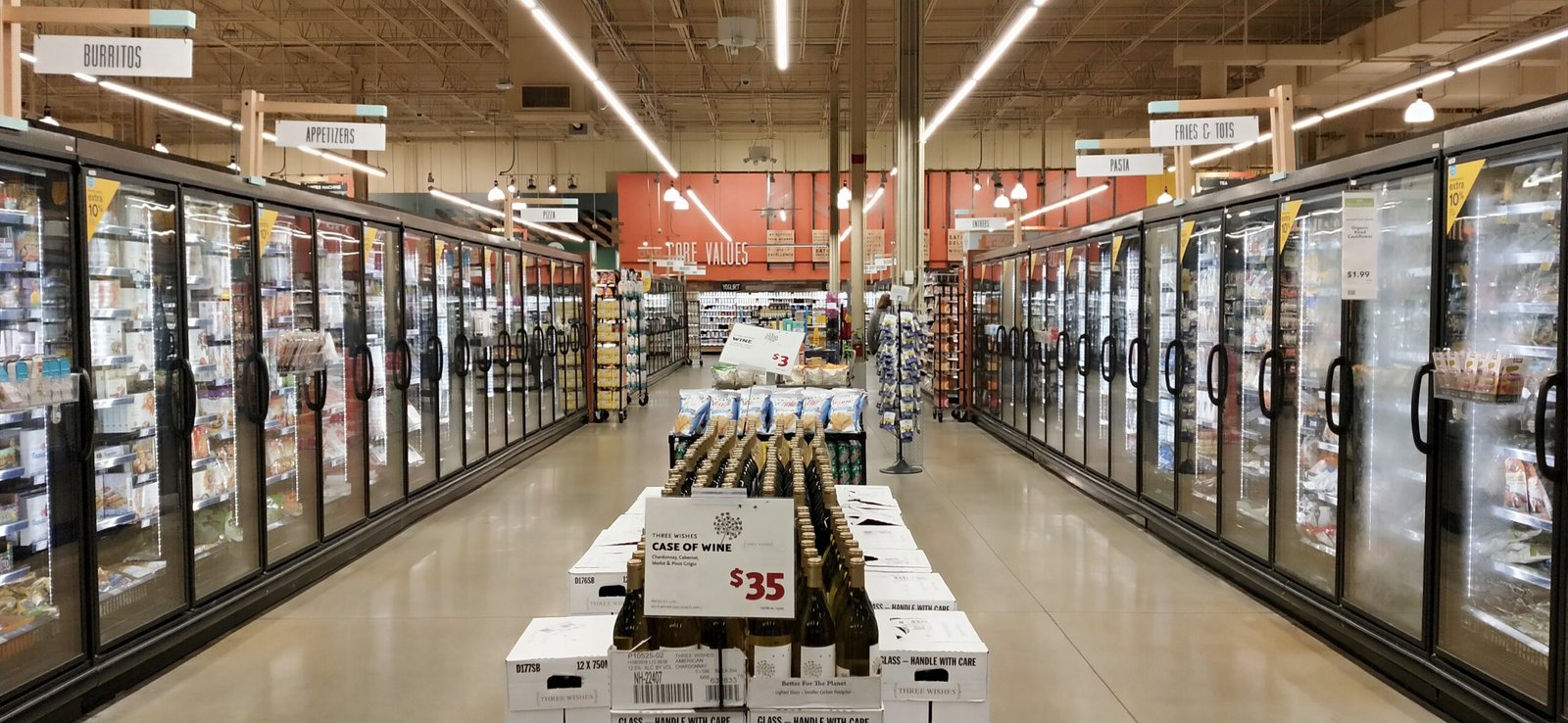
Refrigeration is the invisible backbone supporting food security for billions of people. It allows farmers to harvest crops at their peak and ship them vast distances without spoilage. Fishers can store their catch on ice, preventing waste and ensuring safe consumption. Even in the home, refrigerators and freezers mean leftovers can be stretched for days, reducing hunger and saving money. In cities, where fresh food must travel far, refrigeration is the bridge between abundance and scarcity. Without it, urban life would teeter on the edge of crisis with every broken compressor.
The Science of Cold: How Refrigeration Works
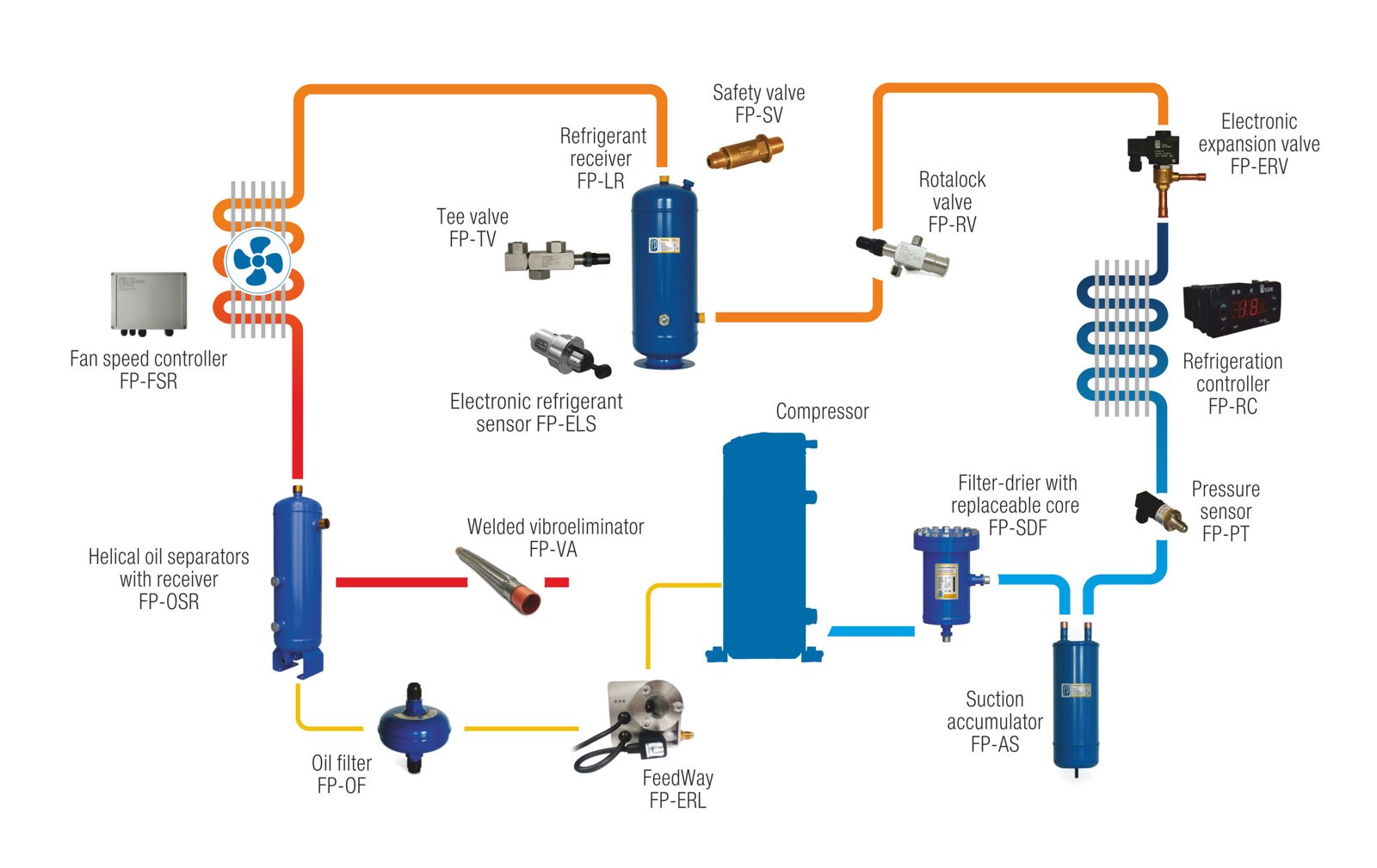
At its core, refrigeration is a beautiful dance of physics and engineering. The process relies on the evaporation and condensation of fluids—usually special chemicals called refrigerants—to absorb heat from inside a fridge and release it outside. This cycle creates a cold environment where microbes struggle to survive and chemical reactions slow to a crawl. The technology behind this process has evolved over centuries, from blocks of ice in insulated chests to sophisticated compressor systems. Each improvement has made cold more accessible, efficient, and essential for daily life.
Nature’s Race Against Decay
Left to its own devices, nature is quick to reclaim perishable goods. Bacteria and fungi are relentless, breaking down organic matter for their own survival. Without refrigeration, food preservation depended on smoke, salt, or drying—methods that altered taste and nutrition. Today, the cold stops this natural race in its tracks, buying precious time for food and medicine. This tug-of-war with decay is ongoing; every power outage or broken fridge is a reminder of how quickly nature can take over when the cold is gone.
Climate Change: A Double-Edged Sword
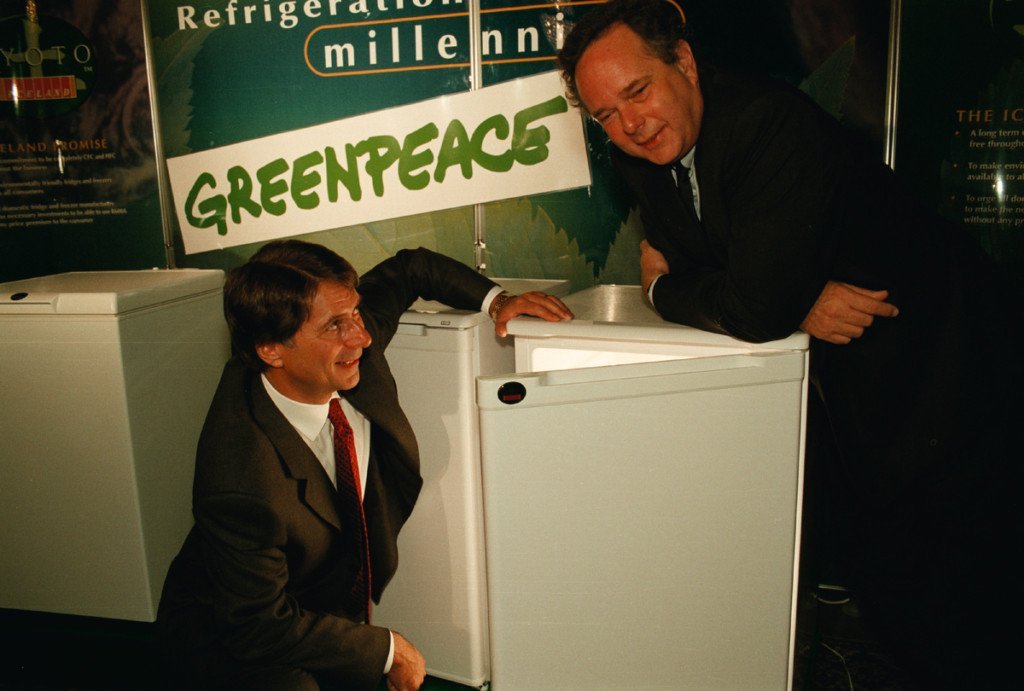
Ironically, the very technology that saves food and lives also poses a threat to our planet. Most modern refrigerators use electricity generated from fossil fuels, contributing to greenhouse gas emissions. Furthermore, refrigerants themselves—while much safer than their ancestors—can be potent greenhouse gases if released into the atmosphere. As global temperatures rise, the need for cooling increases, which in turn demands more energy, creating a feedback loop. The balance between preserving food and protecting the environment is a delicate one, with refrigeration at the center of the struggle.
Supply Chains: More Fragile Than We Admit
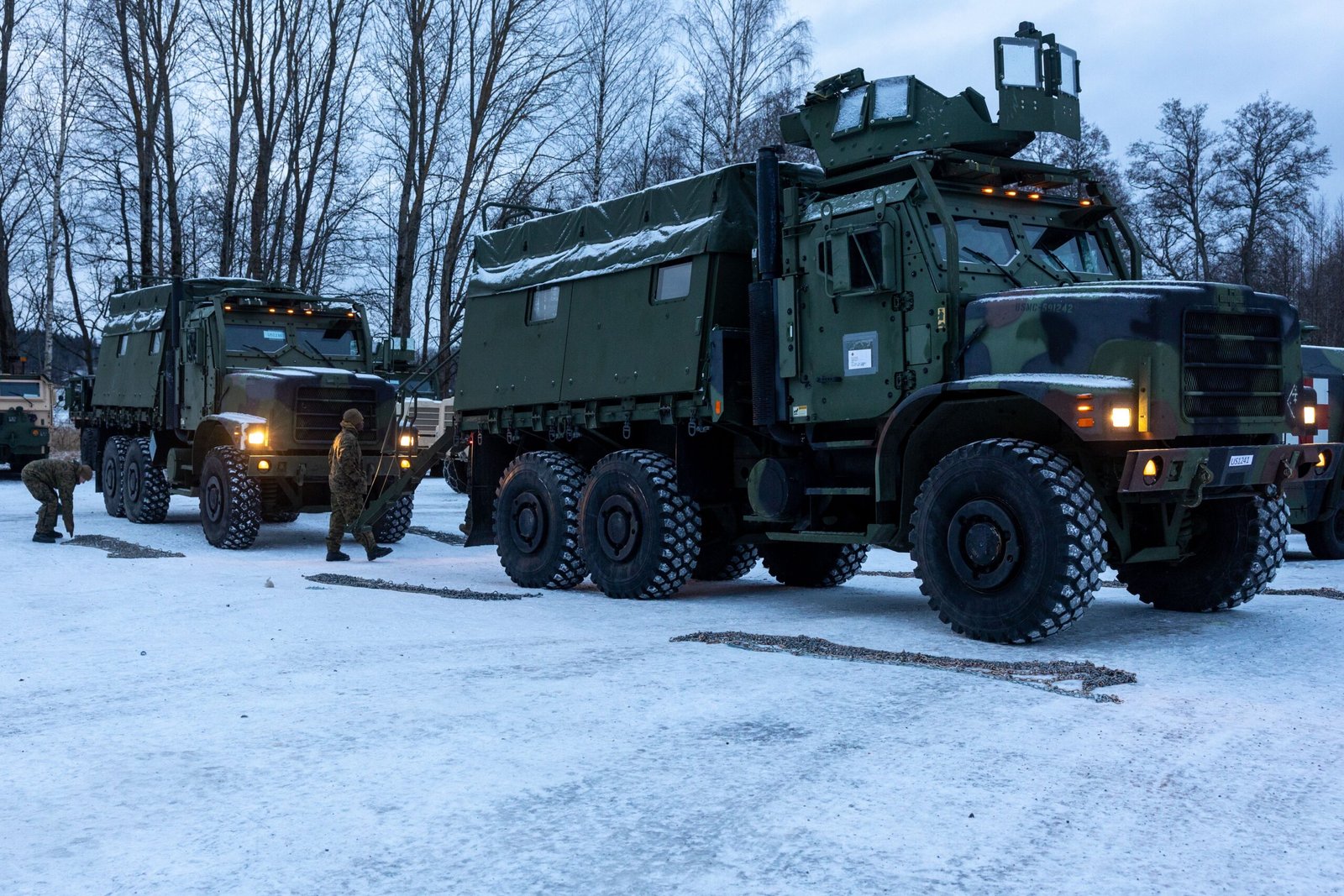
The cold chain that keeps food and medicine safe is a marvel of logistics, but it’s also astonishingly sensitive to disruption. Power failures, equipment breakdowns, or transportation delays can break the chain, leading to spoilage and waste. In developing countries, unreliable infrastructure means vaccines and food often fail to reach those who need them most. Even in wealthy nations, natural disasters or cyberattacks can paralyze the systems we take for granted. Our reliance on refrigeration is a high-wire act—one that demands constant vigilance.
Urbanization and the Rising Demand for Cooling
As more people flock to cities, the demand for refrigeration grows exponentially. Skyscrapers, supermarkets, and apartment blocks are filled with cooling units working around the clock. This explosion in urban cooling needs is straining power grids and increasing the environmental footprint of cities. At the same time, it’s making urban life possible, keeping food safe and people healthy in densely packed environments. The challenge is to meet this soaring demand without tipping the scales against the planet.
Innovation: The Race for Sustainable Cooling

Scientists and engineers around the world are racing to invent greener, more resilient ways to keep things cool. Solar-powered fridges, alternative refrigerants, and new insulation materials are all in development. There’s a push to design refrigerators that use less energy and break down less often, especially in areas where power is unreliable. These innovations are crucial to making refrigeration sustainable for the future, ensuring that the miracle of cold doesn’t come at an unacceptable cost.
The Human Cost of Failure
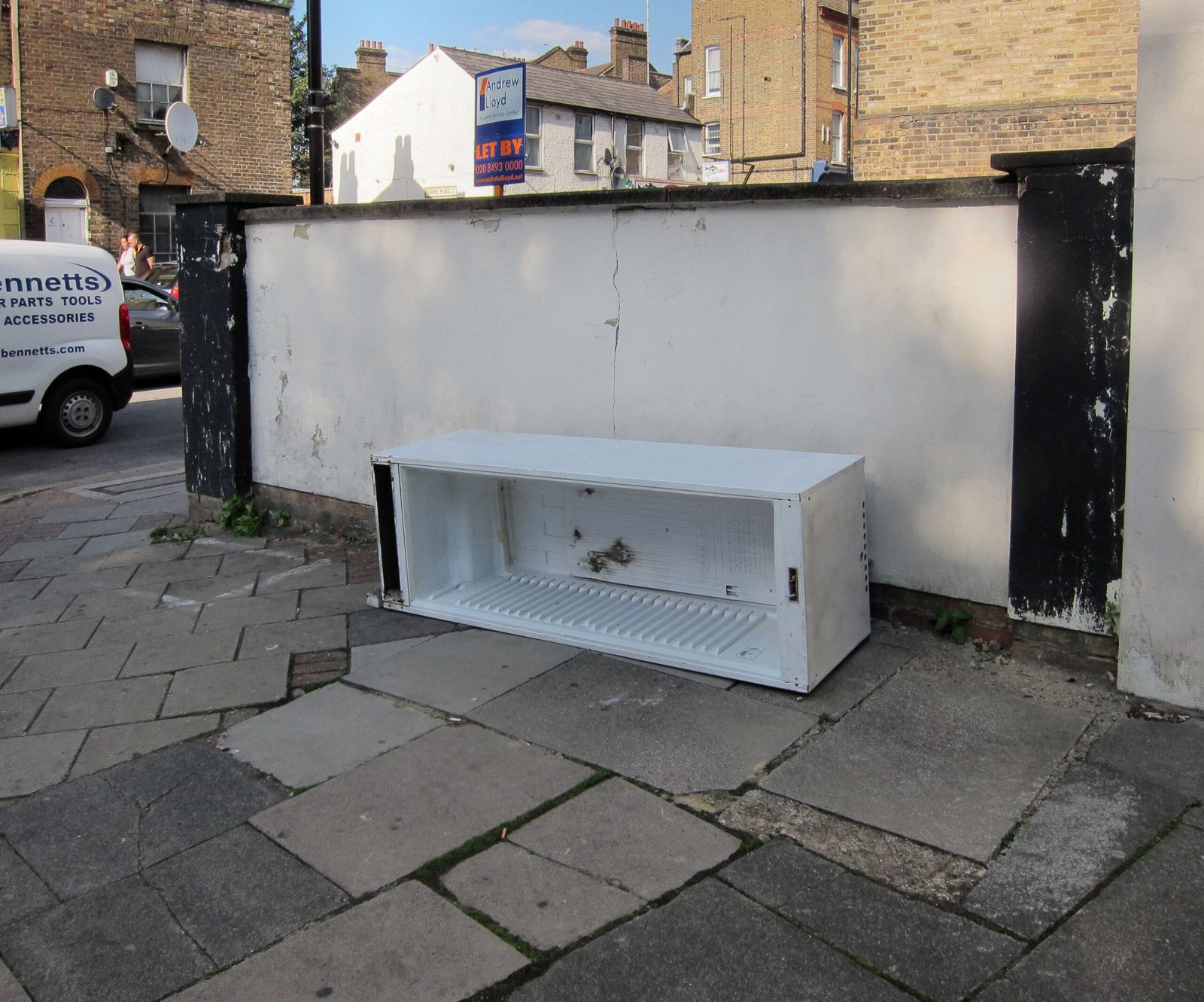
When refrigeration fails, the consequences are immediate and devastating. Hospitals lose vital medicines, markets throw away tons of spoiled food, and families face hunger and illness. These failures hit hardest in the world’s poorest regions, where backup systems are scarce and every degree matters. Even brief interruptions can cause chain reactions, erasing weeks of progress in health and nutrition. The human stories behind broken fridges are a stark reminder of just how much we depend on this invisible technology.
Resilience: Preparing for an Uncertain Future
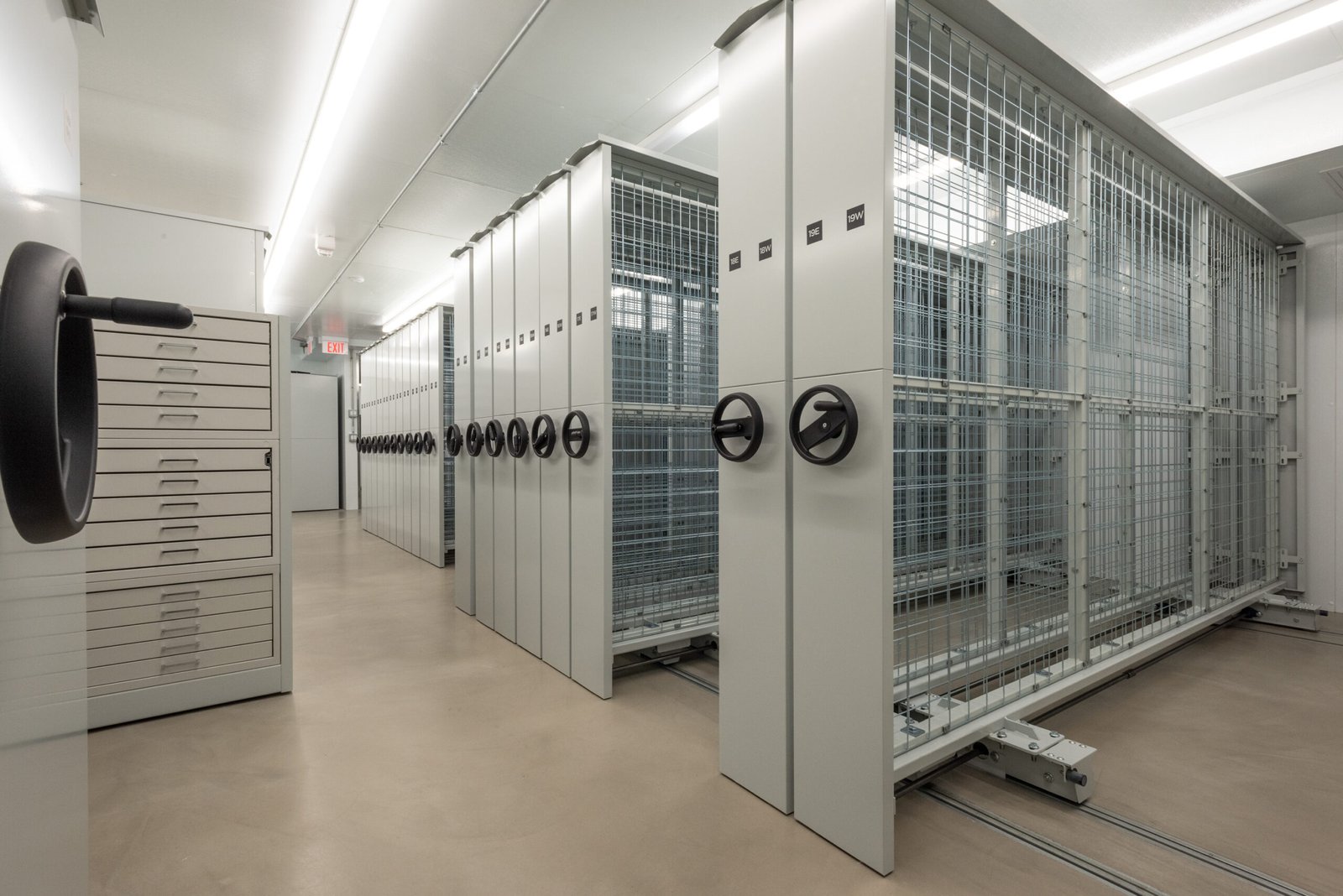
Building a more resilient refrigeration system means rethinking everything from energy sources to supply chain logistics. Communities are experimenting with local cold storage, off-grid cooling solutions, and better emergency preparedness. Education campaigns teach people how to store food safely during outages. Governments and companies are investing in smarter, more robust infrastructure. The goal is to make sure that, no matter what challenges come our way, the cold chain remains unbroken.
A World Hanging by a Thread of Cold

The quiet hum of the fridge is a lullaby of safety and abundance, but it is also a fragile thread tying together our health, food, and security. We stand at a crossroads where innovation, awareness, and responsibility will determine whether this miracle can continue. Will we rise to protect the invisible systems that protect us? Or will we only notice their absence once the cold is gone?

